
Have you ever heard of a duende?
That’s OK.
You can say no.
I realize it’s unlikely.
I’d never heard of a duende either, until a group of my students told me all about them, around ten years ago.
It was my first year teaching in a new program at UNM-Taos, in which high-achieving high school students from around Northern New Mexico came to college on Fridays for free classes.
I’d been teaching teens in another program for several years, by that point, (all from Taos,) but with the new group, the conversations often veered to unfamiliar places.
To answer my opening question, duendes are mythical creatures, a cross between dwarves, elves and gnomes, that are meant to haunt and/or populate the mountains here at the edge of the former Spanish Empire in America.
I’m guessing it’s a part of a mythology common to other former Spanish colonies, but duendes were new to me.
Even stranger, all of the students in the class believed they were real.
I nodded along, first in curiosity, then in wonder, as the kids told me other ghost stories, and hard-to-fathom myths they all believed were true.
(If it were appropriate at the time, I probably would have said WTF, but it wasn’t, so I didn’t.)
My parents first brought me to Taos when I was 14, and though I lived here for short stretches when I was younger, it’s been nearly 16 years since we moved back in 2005, and I definitely feel like I understand the place.
Sometimes.
Or rather, I understand parts of the culture well, and other elements will likely always remain a mystery.
For example.
In one of my last classes at UNM-Taos, before I left to start Antidote, I encouraged a young student to make a series about her husband, whose job was collecting firewood in the mountains.
He’d go up with a friend, chop trees, and haul the wood down, to sell during firewood season.
Most people have wood stoves here, (for obvious reasons, now that Texans have been without heat for days for lack of electricity,) and many-if-not-most of the local Hispanic and Native American folks harvest their own wood. But among the Anglo culture, many-if-not-most people buy wood, and having a wood guy who’s reliable is wise.
Most wood guys are older, grizzled, and big, but my student’s husband was about 21 at the time, and skinny as a twig, so it made for compelling imagery.
A few years ago, in order to help support their young family, I decided to give my wood business to Andre, who’s unfailingly nice, polite and punctual.
But this being the 21st Century, he’s also a good capitalist, raising his prices each year, and each month in the firewood season, to create artificial pressure to buy early.
Just this morning, on Facebook, (because like I said, it’s the 21st Century,) Andre posted about hunting down a bobcat with his dogs, and killing it in the mountains. There were photographs, of course, and I was shocked to see them.
(And it’s pretty hard to shock me in #2021.)
As an environmentalist of sorts, I stared at the photographs, unable to wrap my mind around the motivation for hunting and killing a gorgeous cat, far from humanity, that was likely causing no one any harm.
WTF?
But I also realized that the culture surrounding this action, (as evidenced by the scores of likes on the post,) was still opaque to me, even after all these years.
People hunt because their fathers (or mothers,) teach them to hunt. It’s a bonding experience, and becomes ingrained in the memory as positive and exiting.
(The thrill of the chase, to which the post alludes.)
I don’t get it because I’m not meant to get it. I don’t need to get it. It’s not for me.
At some point, our allegiance to our culture, and our tribe, becomes so enmeshed in us that it perpetuates itself.
The myths, norms, and realities of a society are valued because they always have been.
And our cultural specificity is what creates a sense of place, a sense of differentiation, a sense of identity.
I might not believe in duendes, but that’s OK. Instead, I believe that some Jewish fighters hiding out during a war had magical candle oil that lasted for 8 days, which was a miracle, and now we get presents at Chanukah.
Just so we’re clear, I’m not trashing Andre for bagging that bobcat, though when I saw how gorgeous it was, I very much wished it weren’t dead.
I have a friend, Mike, who once told me he’d killed 8 mountain lions, and I hung on his very word as he described tracking one, so I know it gets the blood pumping. (He’d been hired to do it for a private ranch, so his kills weren’t for fun.)
But sometimes, elements of a culture are so crazy, so bizarre, as to seem made up.
Too strange to be real.
And today, we have the opportunity to see one such story, which was imagined, and then photographed, by the creative team of Carolina Dutca and Valentin Sidorenko in the Transnistria region of Moldova.
At the beginning of the year, I published a series by Laidric Stevenson, which I found online, and that kicked off a new subset of the column, as I’d never before shown work that I hadn’t seen on a wall, in a book, or at a portfolio review.
Coincidentally, a couple of weeks later, Carolina reached out to show me this project, “Apă,” and I totally loved it. (How could you not?)
During the covid year, the two artists teamed up with a local woman, Elena Nikolaevna, who made recycled rugs, and together they created the seemingly-real-but-completely-fabricated myth of the ancient Labyrinthodontia buccellatum, a creature living in the now-polluted Dniester River in Moldova.
The rugs look like lily pads, for sure, and the creature slinks through the photographs, including in a made-up historical looking postcard. As they write in their artist statement, “Elena gave the foundling a name – Apă [ah’pə], which means ‘water’ in Moldavian language.”
Wow.
Don’t wish you’d thought of something like this?
I write about America so often that it’s easy to forget the internet allows this blog to be read around the Earth, and today, we all derive benefit from that.
Carolina is from Moldova, and Valentin is from Russia, at the edge of the former Soviet Empire, near Kazakhstan, on the opposite side of the planet.
And we get to see and discuss their work, as the world is so interconnected in the 21C.
I am pretty psyched they reached out to share this brilliant project with us, and I’m sure you’ll agree.
In #2021, I finally started a new photo series, (with my new camera,) trying to understand this culture in which I’ve ensnared myself, yet I know some parts of the story will never be mine to tell.
Hopefully, Carolina and Valentin will inspire you to get out there and make some crazy shit, because what else are you going to do with your life?

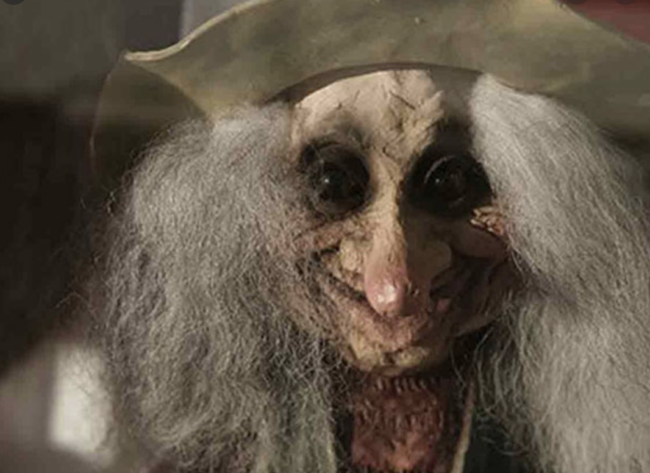
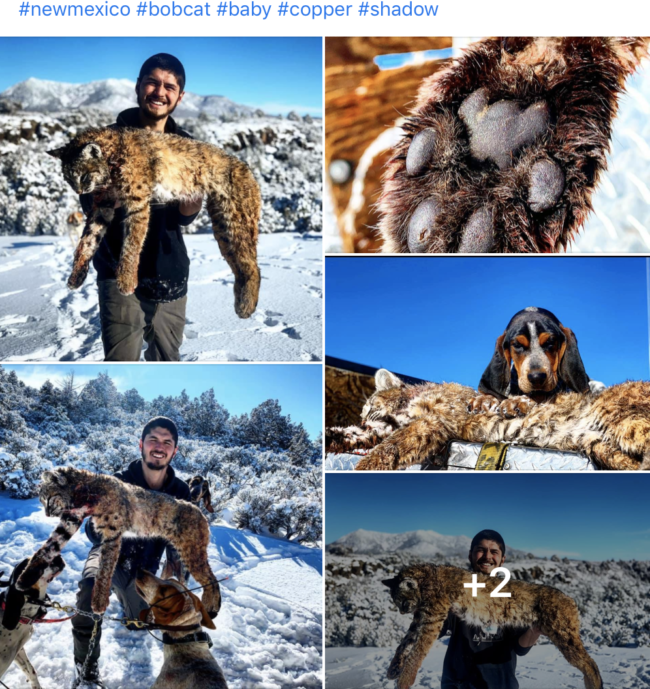
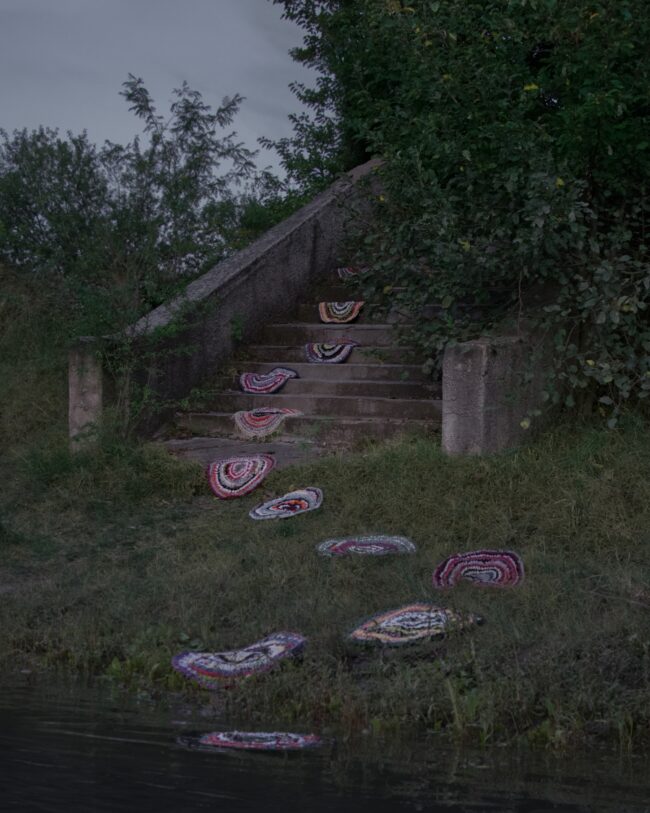
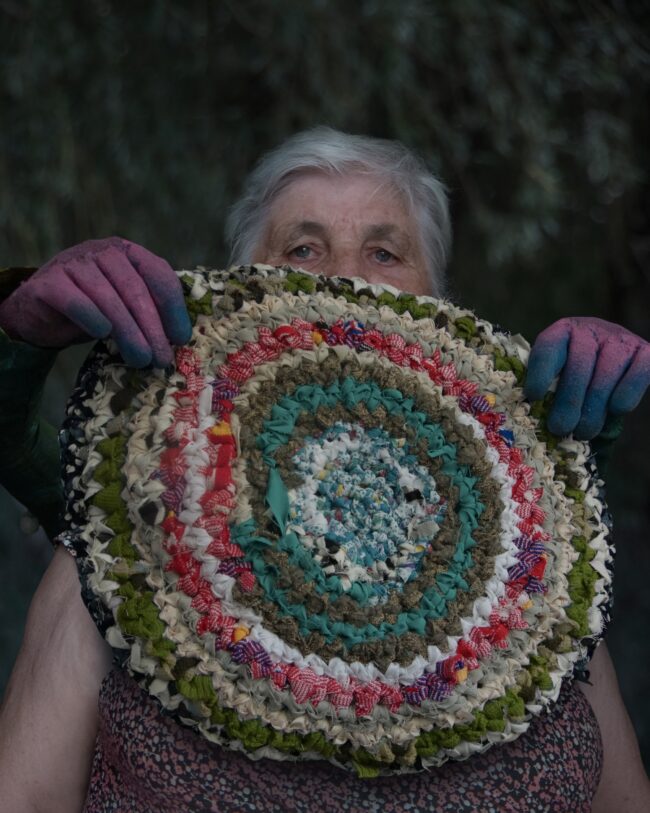
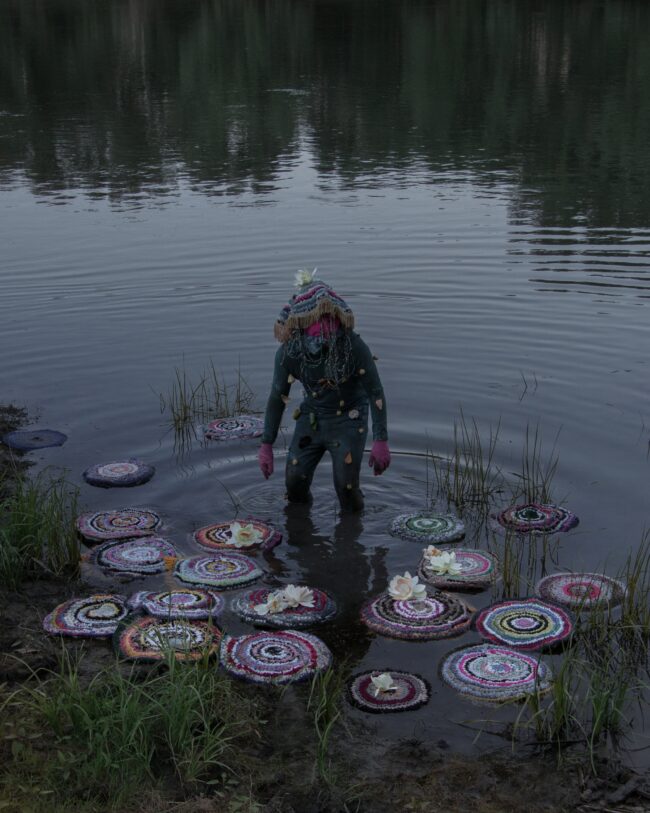
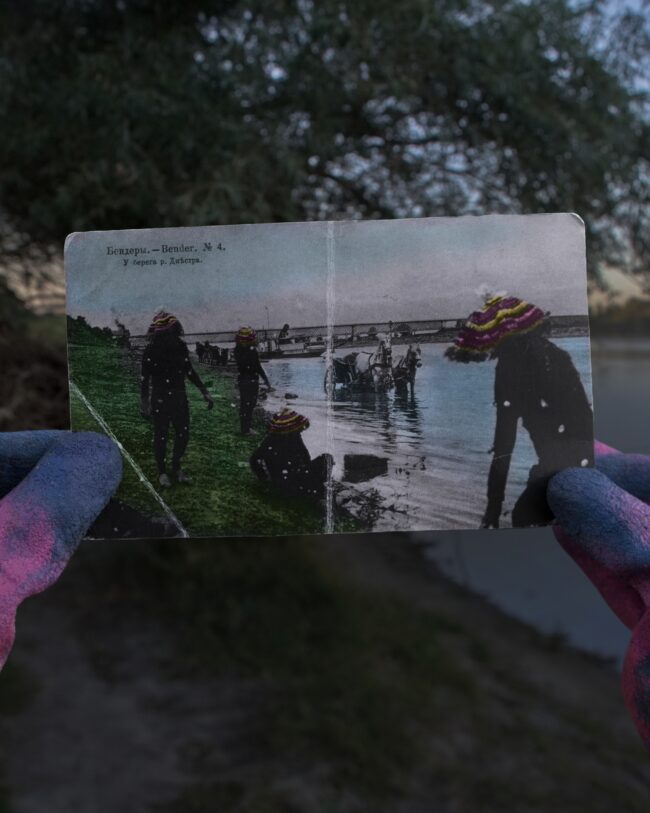
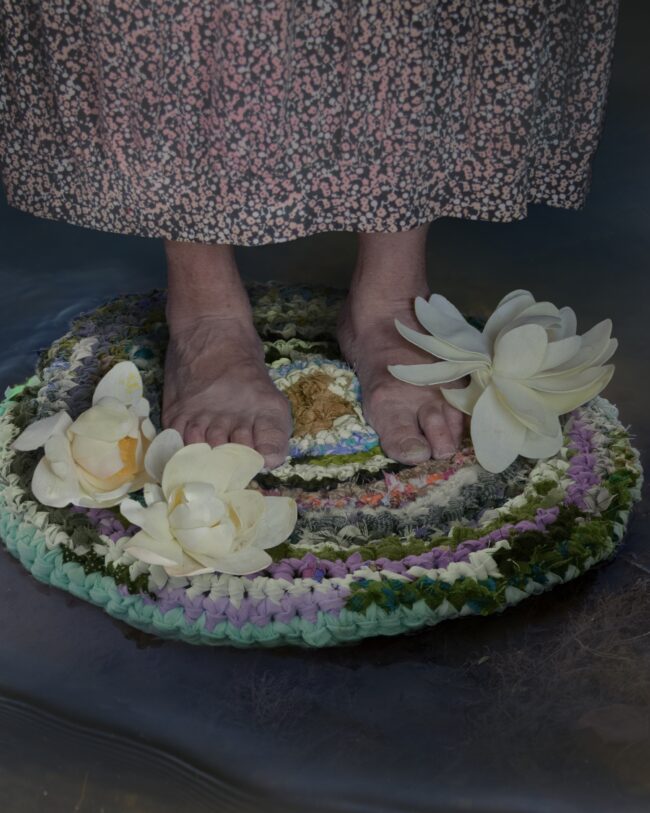




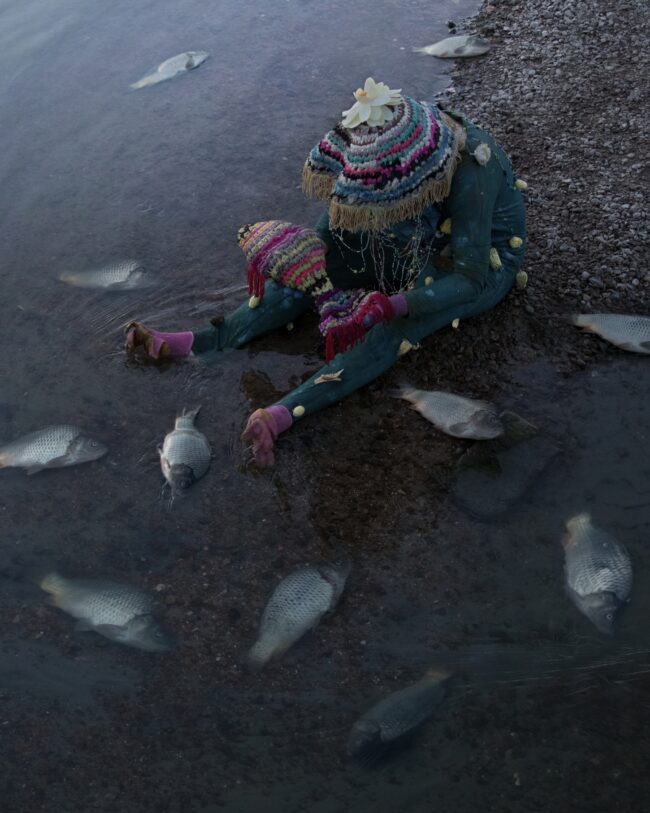
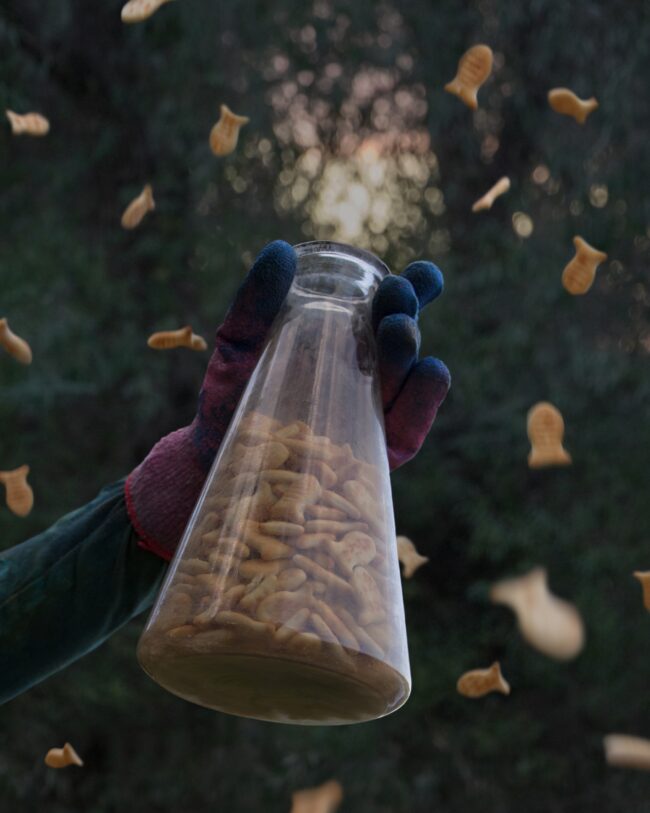
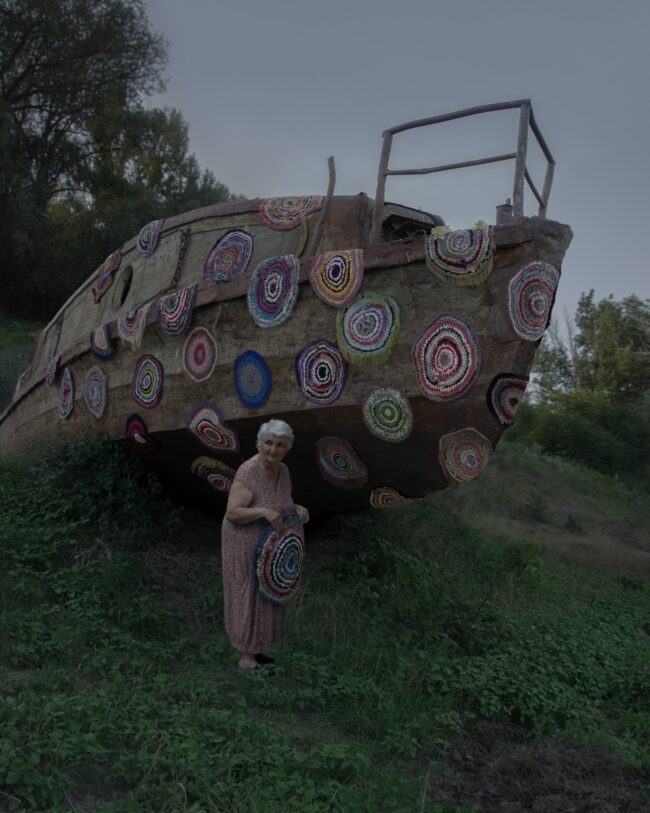
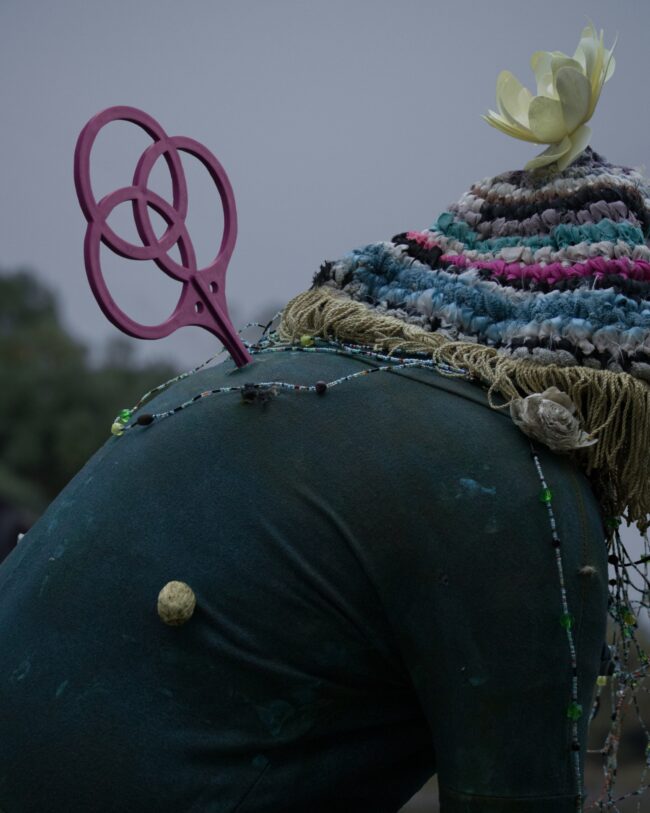
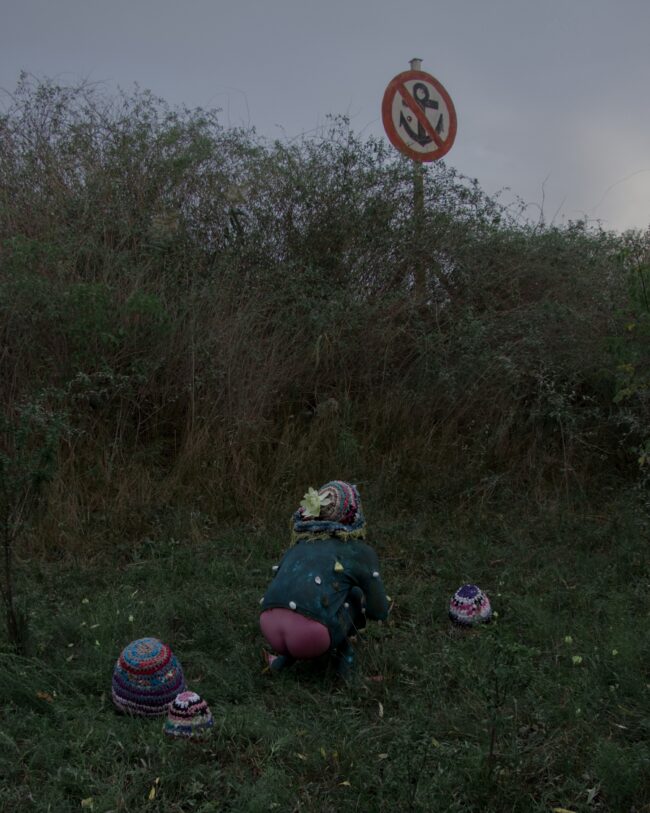
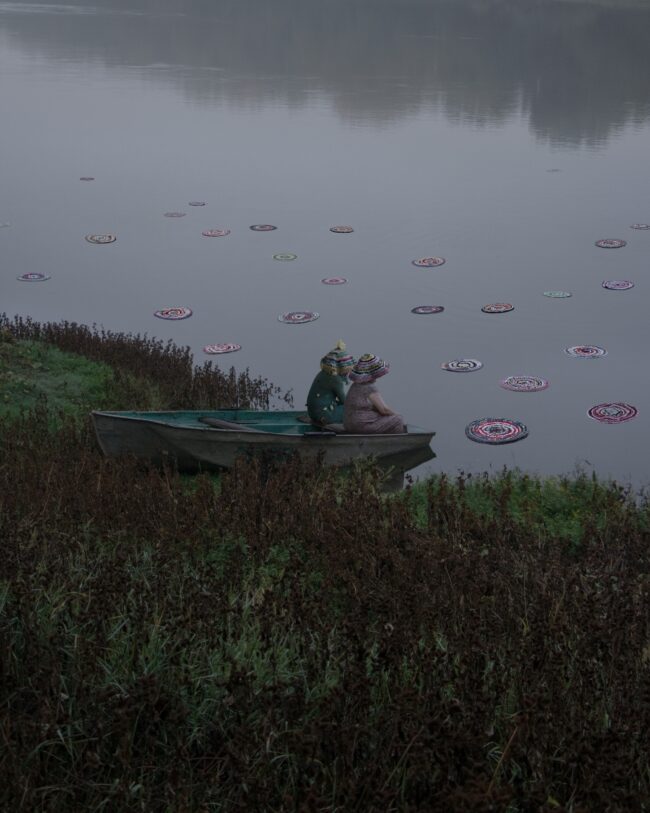
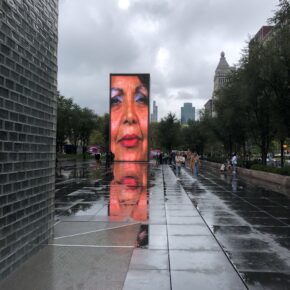

2 Comments
Man I enjoyed this post. :)
Thanks!
Comments are closed for this article!